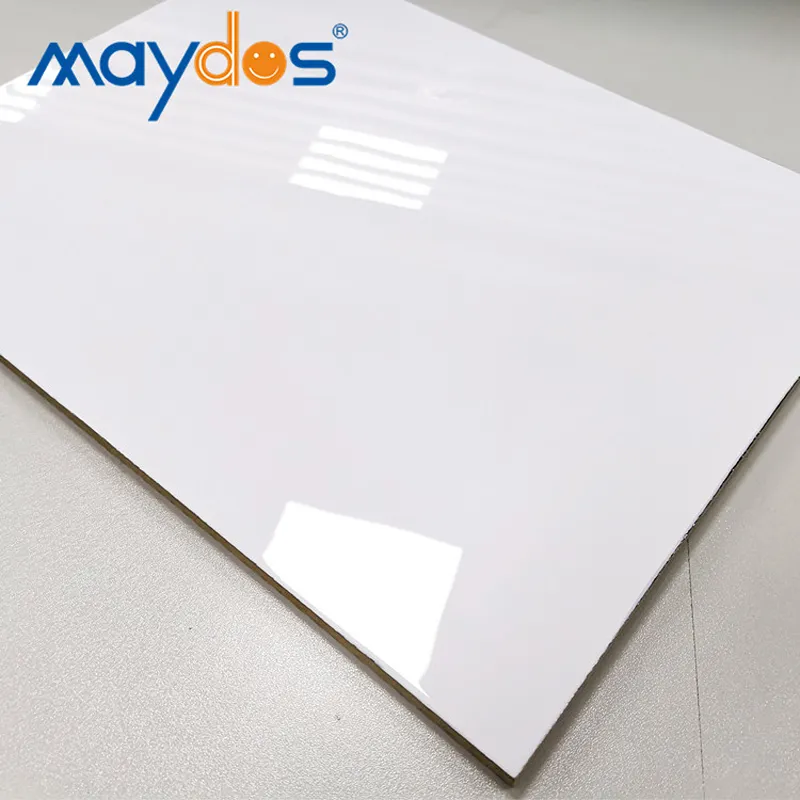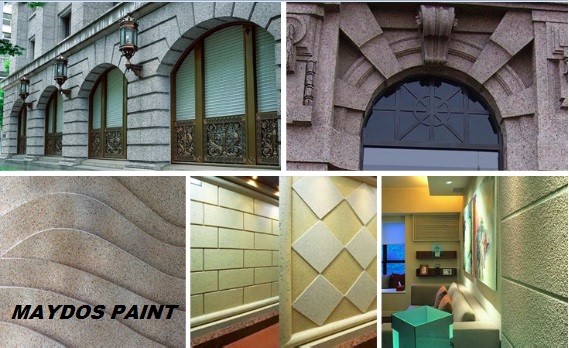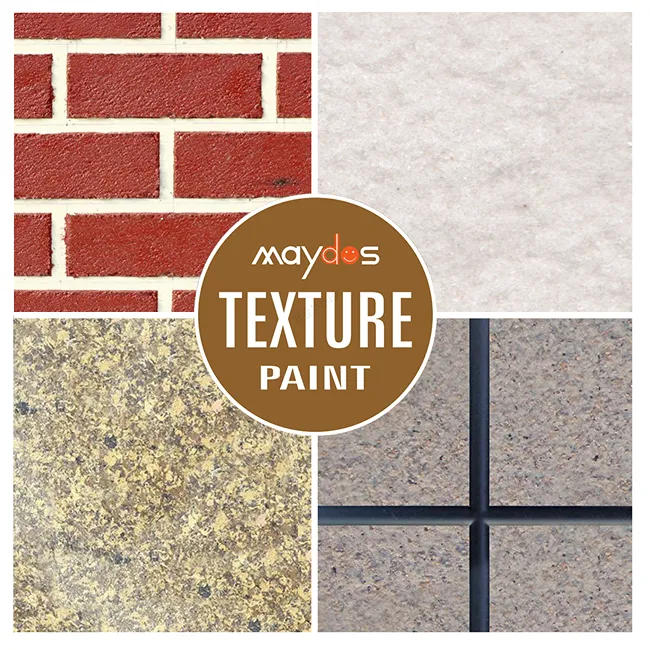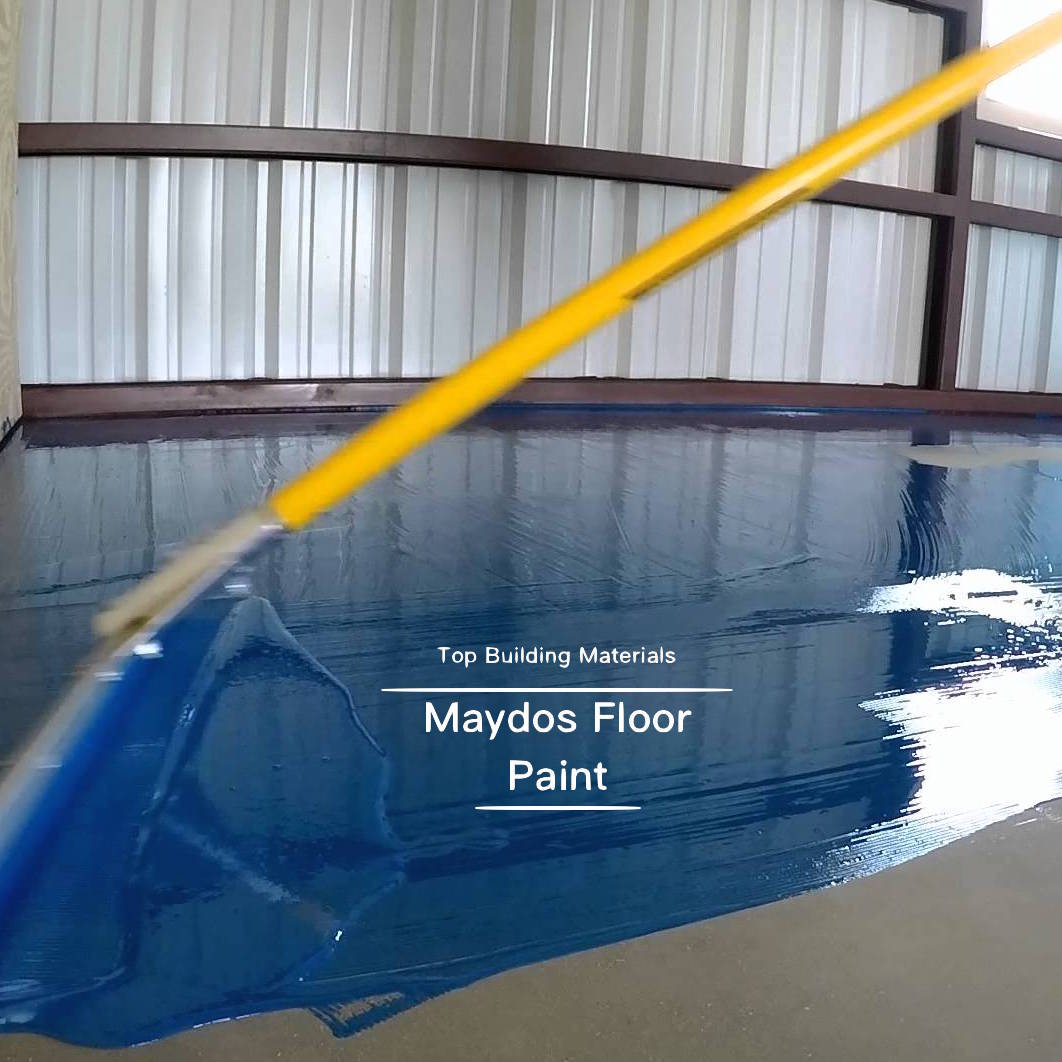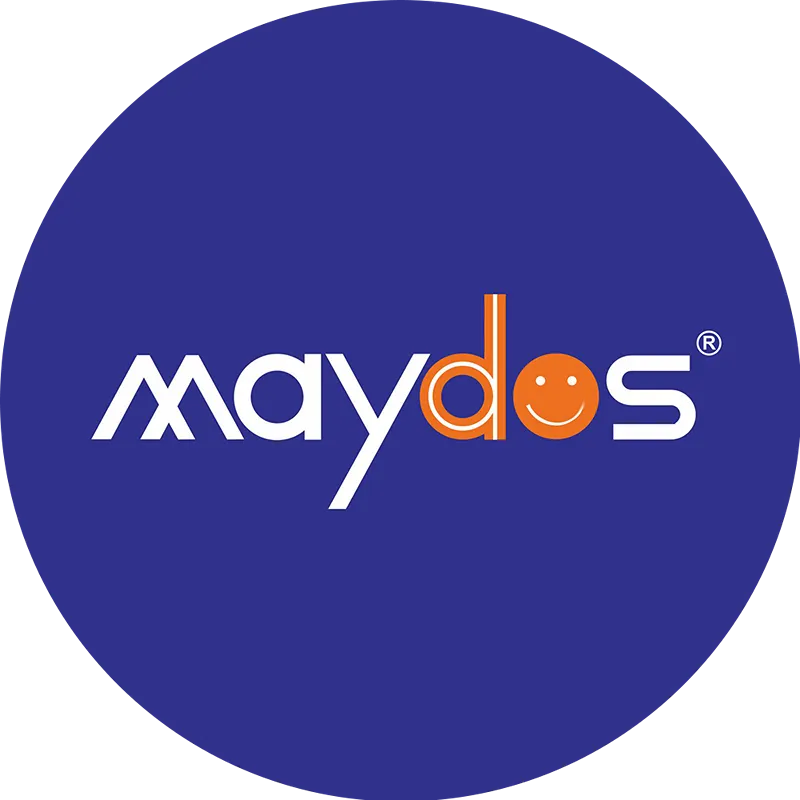Coating Factory
Industrial coatings serve to protect and enhance the appearance of a manufactured product. Manufacturers can either complete all finishing operations in-house or outsource them to a third party.
When working with powder coating material, it’s important to follow the manufacturer’s guidelines for success and safety. Generally, preparation treatment includes wash stations, blast rooms and dry off ovens.
Preparation Treatment
The surface treatment process is an important stage in the powder coating factory. It cleans and prepares the object for the powder coating process, and ensures that the powder coat will bond properly with the substrate. The surface of the object must be free of oil, grease, dirt and other contaminants to ensure the success of the powder coating process. Several different methods are used to clean the surface, including chemical cleaning, washing, blasting, and rinsing. Depending on the material being coated, specific surface preparation processes may be necessary.
The first step in surface preparation is the scrubbing or washing process. This is done by forcefully directing abrasive materials against the surface of the object. This will both clean and roughen the surface, making it more receptive to the powder coating process. In addition, this will create a texture that improves the durability of the finished product. The scrubbing or washing process can be either dry or wet. Dry preparation is faster and easier, but it cannot be used on certain surfaces.
Another method of surface preparation is the etching process. This process uses a weak acid solution to remove rust and other impurities from the substrate. It is usually used on metals, and can be applied in either a wet or dry method. A number of different etching solutions can be used, including hydrofluoric acid and sodium bicarbonate. It is also possible to use abrasive media to etch surfaces.
A more modern method of surface preparation is the flame spraying process, which uses a combination of oxygen and fuel (usually propane or acetylene) to create an intense heat that melts the feedstock material into a fine droplet, which is then deposited onto the substrate. The final result is a highly durable, corrosion resistant, and attractive powder coating.
Powder coating is an extremely versatile finishing process, suitable for a wide variety of products. It is highly durable, resistant to abrasion and scratching, and comes in a wide range of colors. It is also a very environmentally friendly alternative to liquid finishes, and can be used on many different types of metal.
Spray Booth
The spray booth is the heart of a good painting process. It provides a controlled environment free of dust, debris, and other contaminants that can contaminate your final product and reduce the longevity of your coatings. Without a spray booth, the application of your coatings can become messy and difficult to manage. Using a spray booth also ensures the quality of your work and protects your employees.
A spray booth is a large walk-in enclosure with a ceiling and walls that contain an open working space for applying liquid or powder coatings to products, parts, or structures. It also contains a ventilation system to remove the fumes produced by the paint or powder that is being applied. There are different types of spray booths, ranging from small portable hoods to large continuous production tunnels.
Each type of booth is designed to perform a specific task. The type of paint you are applying, your process, and the product you are coating will determine which type of booth you need. Some spray booths are pressurized, meaning they are sealed to the surrounding area to keep contaminates and other particles from entering the working area. Others are unpressurized, which allows for air flow and filtration to keep the atmosphere clean.
All booths must be designed to meet certain fire safety requirements, including the use of non-combustible materials and a structure that is built to withstand a fire. They must also have a fire suppression system installed to prevent a fire from spreading from one area to another. Additionally, they must be equipped with a ventilation system to remove fumes and gases from the work area.
An exhaust fan pulls the contaminated air from the work area, and it goes through a filter that grabs onto the overspray and particles. This filtered air then leaves the booth to be replaced with fresh, clean air from outside. This helps organizations abide by environmental regulations and creates a safer and healthier work environment.
To maintain a quality paint finish, your spray booth needs to be cleaned. However, scrubbing booth walls by hand is inefficient and time-consuming. Instead, you can save time and money by recoating your spray booth with a peelable booth coating. This coating will help you keep your booth in like-new condition, making it easier to clean and providing a better paint job for your clients.
Electrostatic Gun
The electrostatic gun process improves spray quality and transfer efficiency by utilizing charged molecules and electric fields. This allows for the paint or coating material to be attracted to the earthed object it is being sprayed on, rather than the opposite. This greatly reduces the amount of overspray that occurs during application and also helps with achieving a more even and uniform finish than conventional spray guns can.
When you use an electrostatic gun, the powder coating particles build a negative charge as they are propelled through the gun’s reservoir and then through its nozzle. The negatively-charged powder particles then repel one another and evenly disperse when they are sprayed onto the workpiece. The positively-charged surface of your product then attracts these particles, and the paint chemically bonds to it for a secure, long-lasting and durable finish.
OTSON’s manual liquid electrostatic spray guns feature a variety of air nozzles and caps that allow you to create different spiral spray patterns, which is important for achieving a high level of atomization. They can also be used with solvent-based and waterborne paints as well as lacquers. They are available in various voltage ranges, and can be adjusted to suit the powder you are using.
An important feature of an electrostatic gun is its ability to control the powder flow state, which will not only save powder but also increase production speed. The best way to ensure this is by selecting an electrostatic spray gun with a built-in air restrictor, which will help prevent overshooting and blockage of the nozzle.
Whether you’re using an electrostatic gun for industrial spraying or for other purposes, it’s important to maintain your equipment regularly. This includes cleaning, lubricating, and replacing parts as needed. A regular maintenance routine will not only help your spray gun last longer, but it will also give you the best results. It is recommended to lubricate your spray gun at least once a day with a good quality lubricant. This will prevent overspray, bounce-back, and other common problems that can occur. Additionally, it is important to sand and wipe down your spray gun each day after use to remove dust and dirt.
Drying Oven
Depending on the type of coating being applied, an industrial oven is used to heat and cure the material for a desired outcome. The drying process is important because it eliminates any water/moisture in the materials and makes them able to be coated with the desired chemical bonding. Without the drying step, there is a higher chance that chemical reactions will occur that are not intended and could damage or ruin the final product.
Typically, these industrial ovens are designed to operate at specific temperatures and durations. This helps to ensure that the material is completely dry and ready for the next step of production.
Industrial drying ovens are used to remove moisture content in various products, such as glass and plastics, metals, ink, adhesives and sterilizing lab equipment. They also help to dry and reduce moisture content in powdered paint and other types of coatings.
A drying oven is a large enclosure that has various systems inside of it. The first system is the heating unit, which generates and begins to distribute energy throughout the entire enclosure of the drying oven. This energy is transferred through the use of heat-generating burners, electric elements and fans. The second system is the holding zone, which is where the actual curing of the material takes place. The curing time is dependent on the type of coating being applied and the temperature of the hold zone.
For example, a Cerakote powder coating is cured in a different manner than normal metal or standard automotive paint. This is because it uses a unique formulation that allows for a quick cure of the powder coating without releasing Volatile Organic Compounds (VOCs) into the air. It is typically heated to 250°F – 300°F, and the curing time can be as short as one hour.
There are also heated flash off tunnels, which are essentially small ovens that heat to 160°F – 180°F to dehydrate the surface of a wet spray coating layer before applying the next liquid spray layer. This prevents water from soaking into the coating and causing premature failure of the finished coat.








